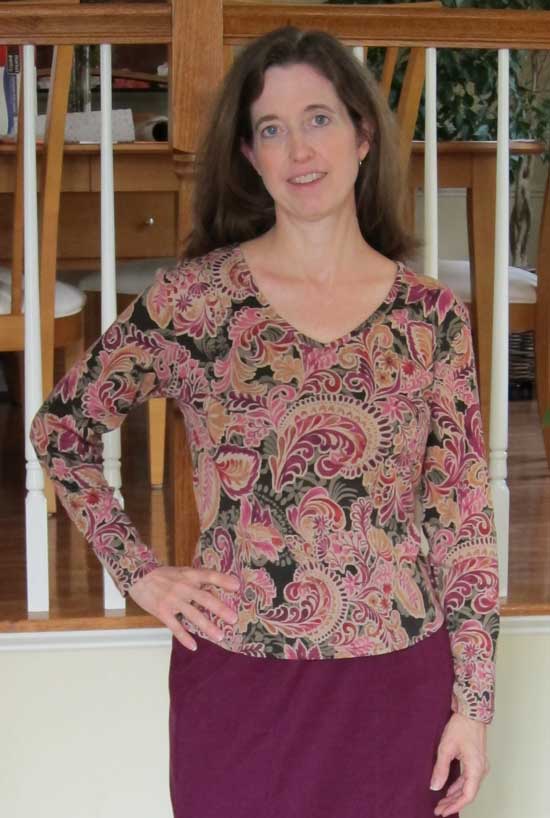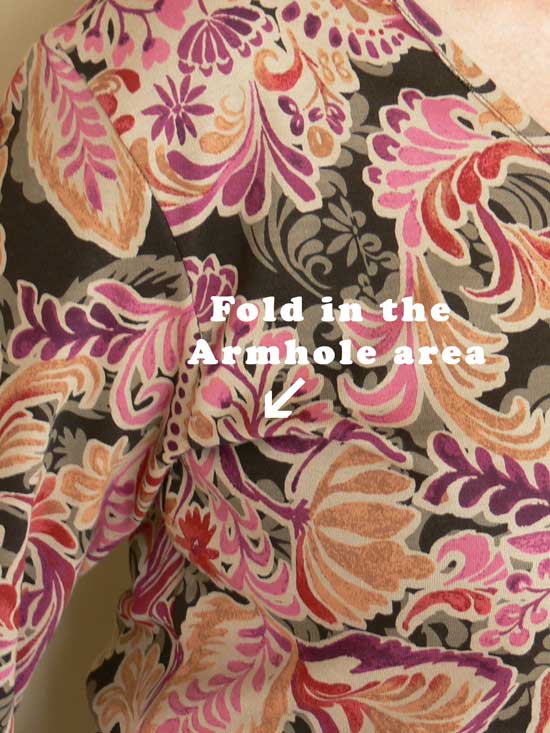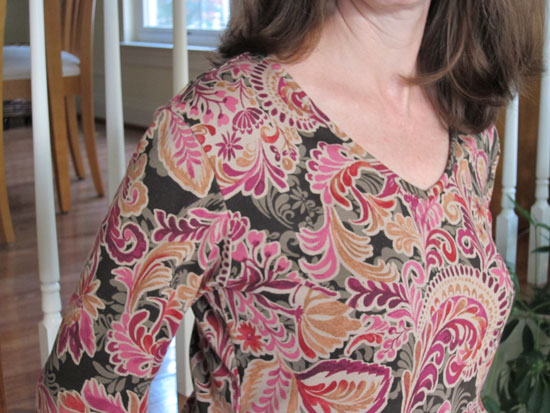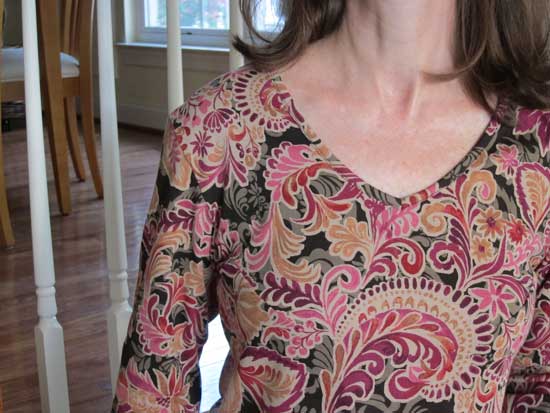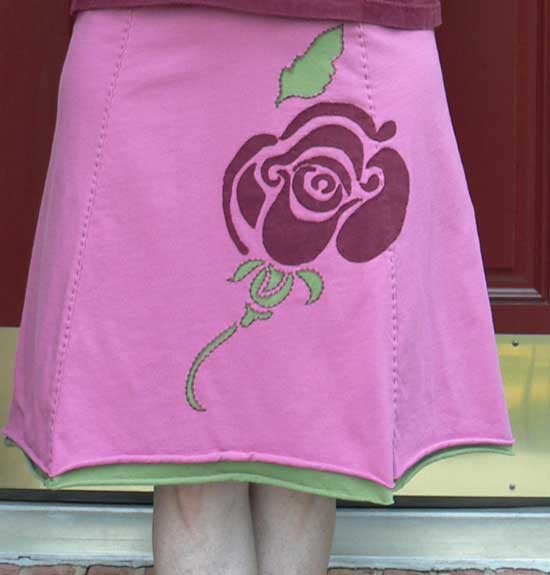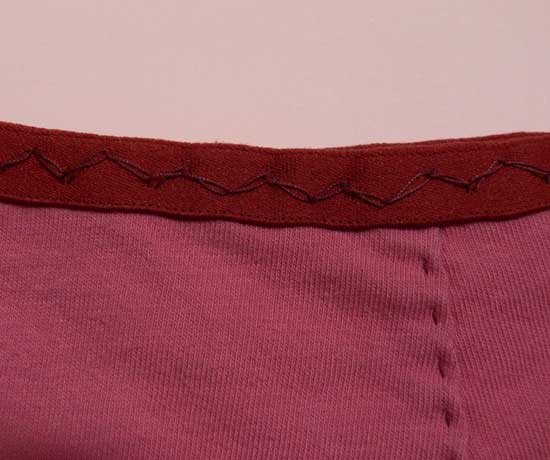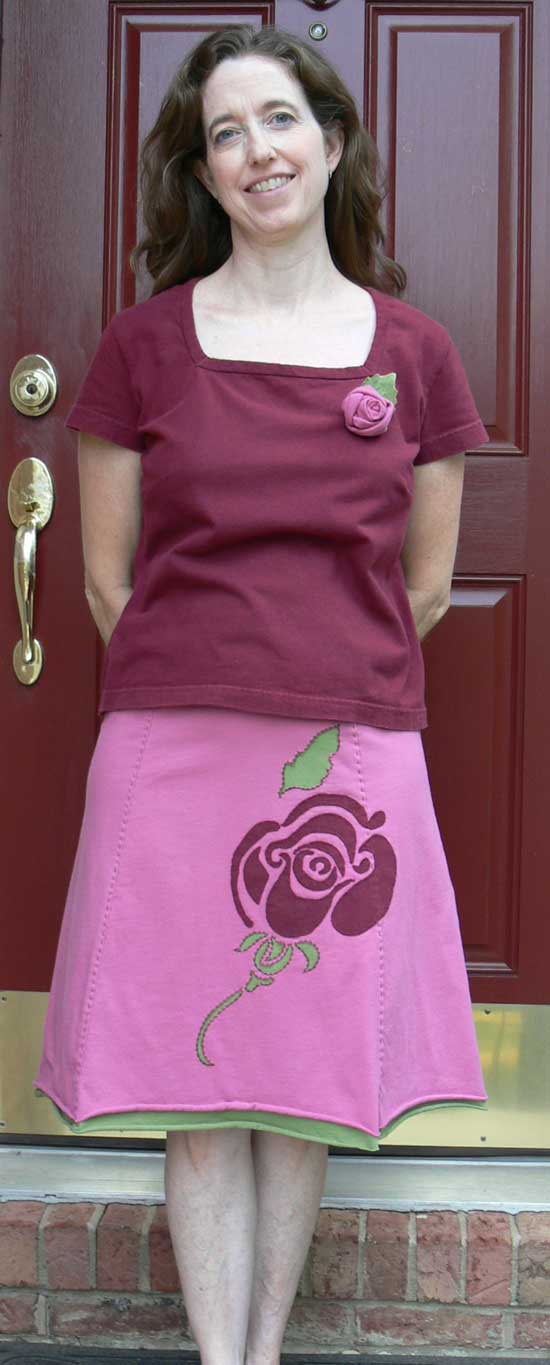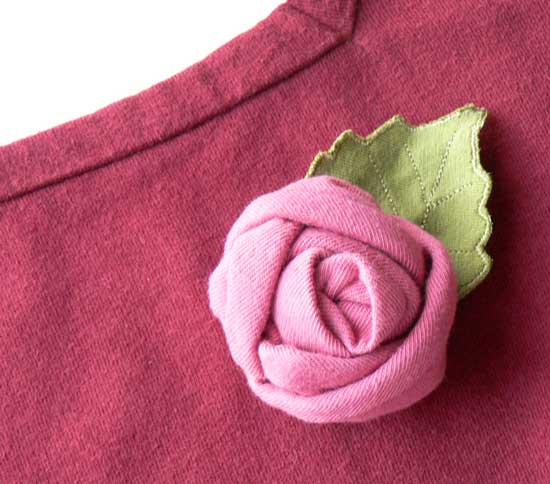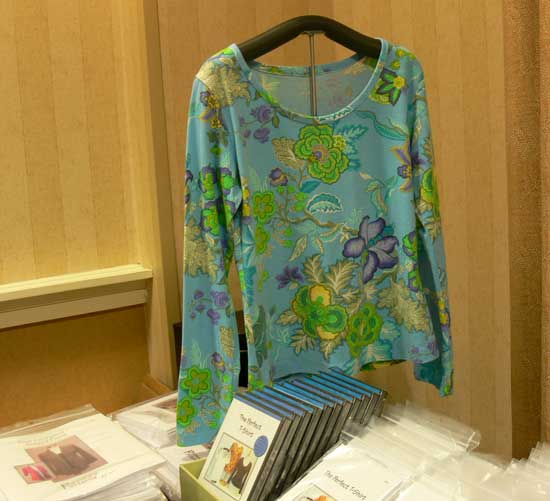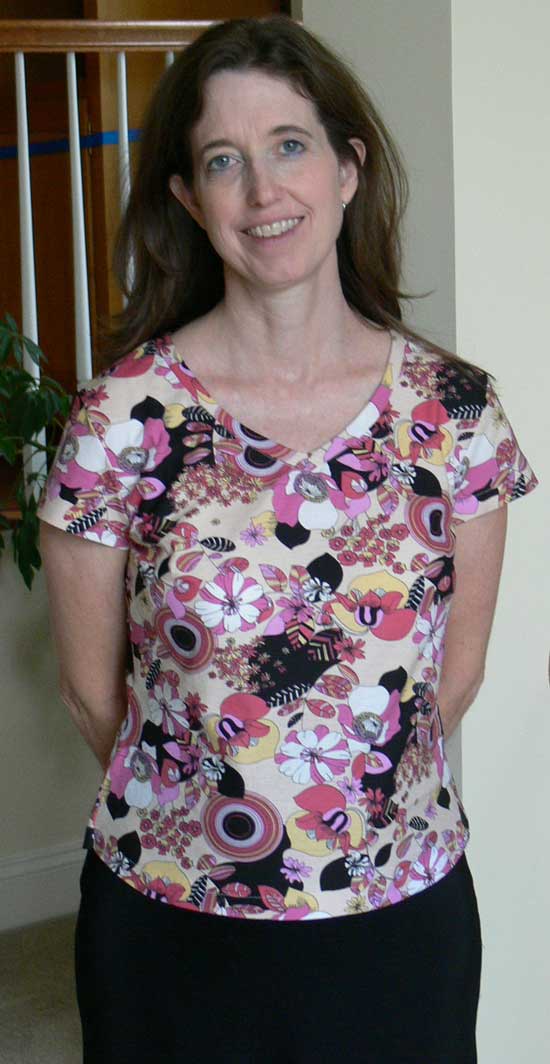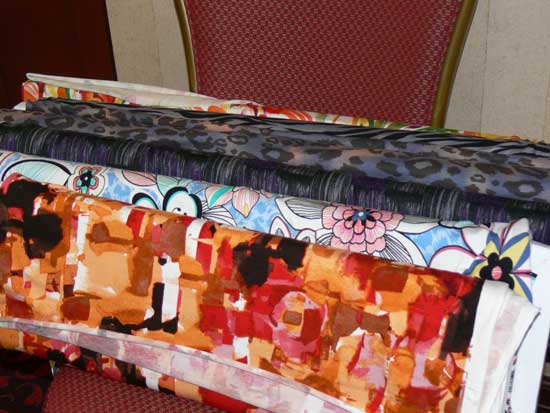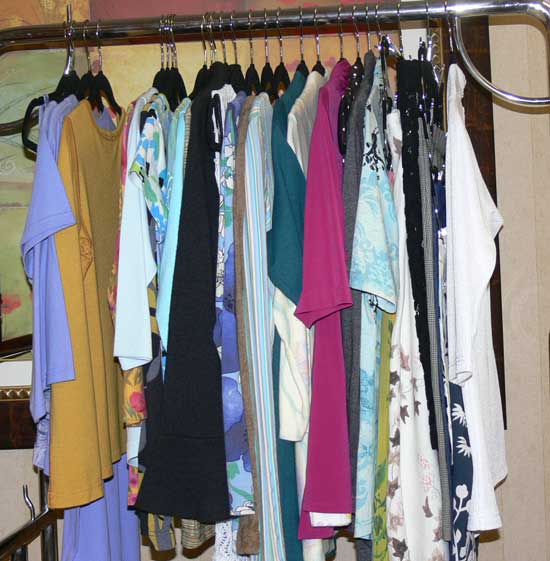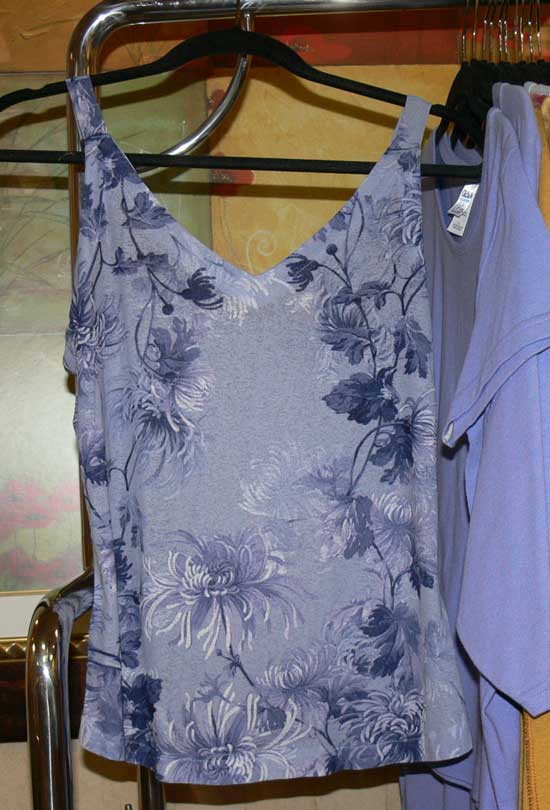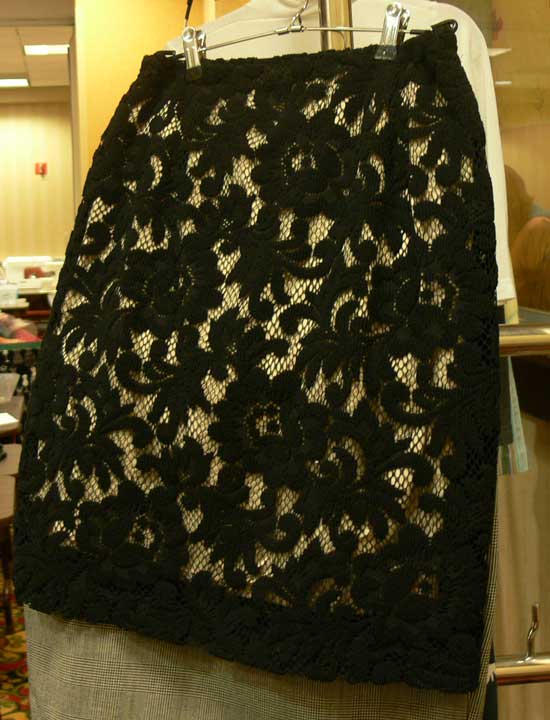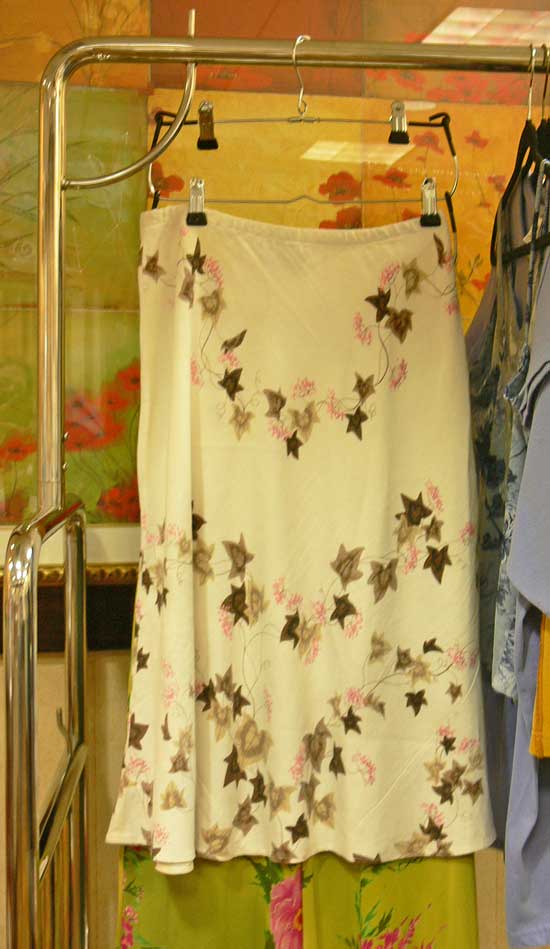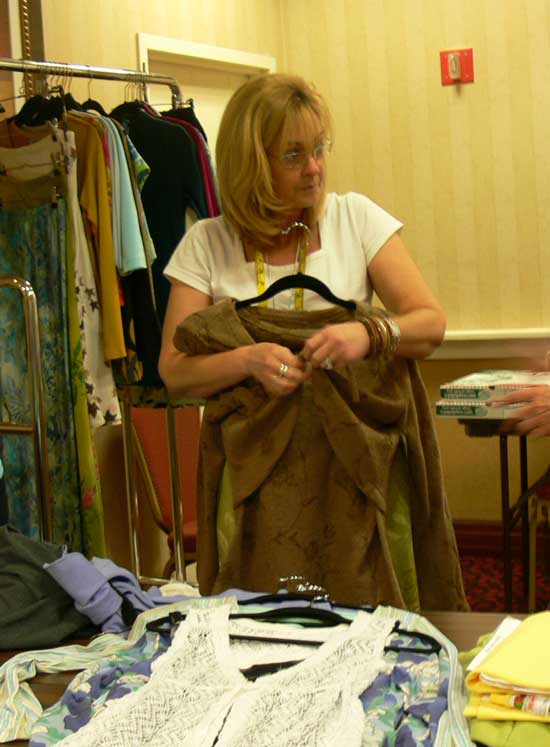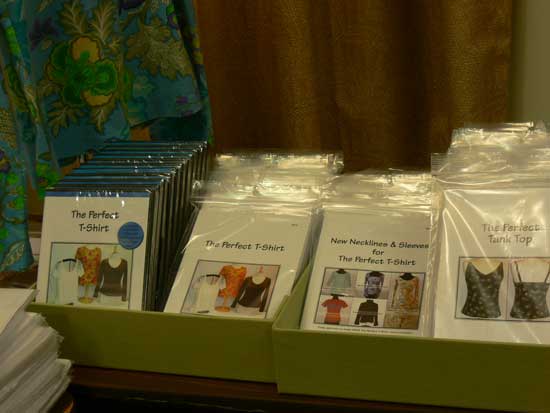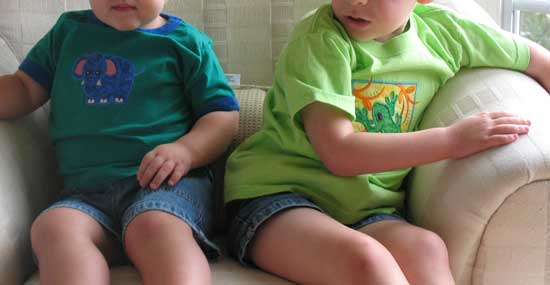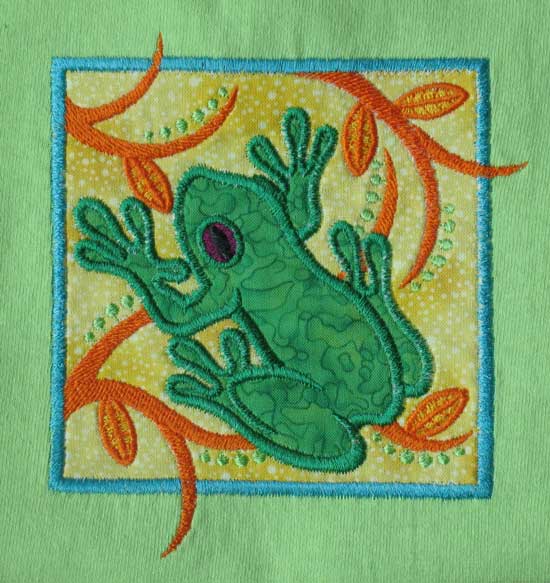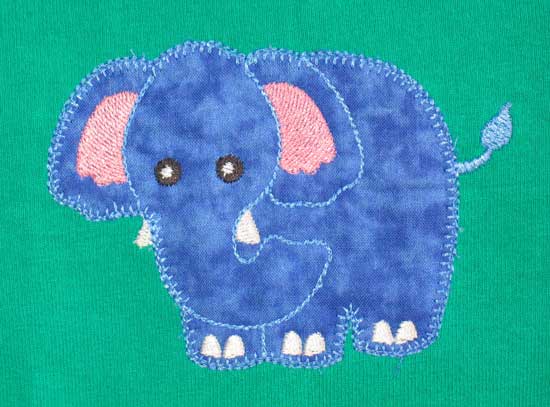Thrifty Finds
 Monday, January 23, 2012 at 10:08PM
Monday, January 23, 2012 at 10:08PM Ask Natalie Chanin about the early days of her business and she will recount how she used to purchase recycled t-shirts by the pound in huge boxes, shirts that then had to be sorted, cleaned and, in many cases, over-dyed to achieve enough matching fabric for a garment. This process somewhat reduced the “green” value of using recycled clothing for her garments. Eventually she made the business decision to source her own organic cotton yardage and gave up on using recycled shirts. She does admit that using easily attained used clothing that needs minimal processing may be just as green an option as the organic cotton route (for more on the organic cotton industry read Natalie’s article for EcoSalon here). I was pleased to hear this since the thrill of the hunt is part of the fun for me.
My love of thrifting goes way back, probably to my childhood when I loved going to yard sales in my neighborhood and when we visited my brother and sister-in-law each summer (my sister-in-law Sue is a pro at yard sale-ing). One of the first things I do when settling in a new town is to search out the various thrift stores in the area. Over the years I have found some truly amazing buys (though the prize probably goes to the store in Charlottesville that periodically provided shoppers with a black plastic trash bag, the entire contents of which was a mere $5). Over time I also started seeing used clothing as raw material to create new designs.
Today I visited one of my favorite thrift stores (a Salvation Army) looking for t-shirts for a number of projects I’ve been planning and journaling about. I hit the jackpot. Here’s a look at my finds, what I hope to use them for, and some hints to help with your own thrift shopping.
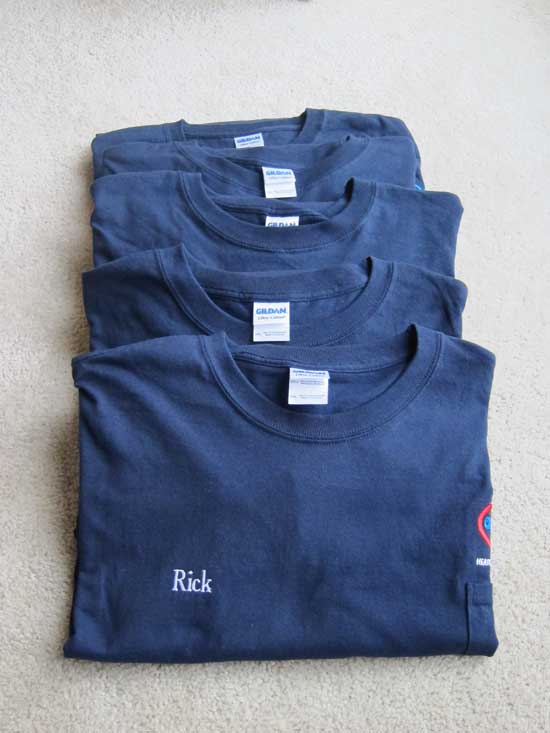
I don’t know who Rick is but I’m grateful he didn’t show up for his new job and that he wore a size 3XL. These five, new, long-sleeved t-shirts will yield a lot of yardage – the back is free from any design and the lower part of the front (even the sleeves!) can be used. These shirts will probably ultimately become a dress.
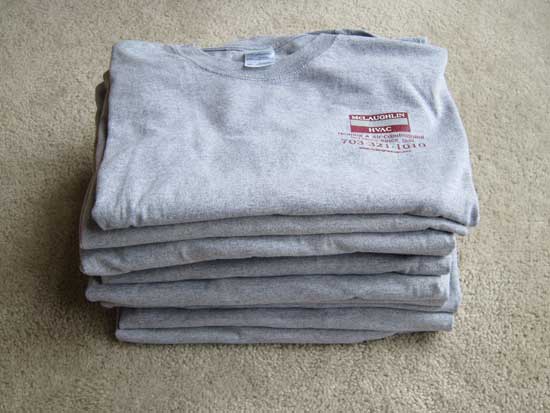
As with the previous shirts, these are identical, new 3XL shirts with lots of useable material (eleven of them). This stack will provide me with lots of projects, and I will probably overdye some of them. They were $0.99 each.
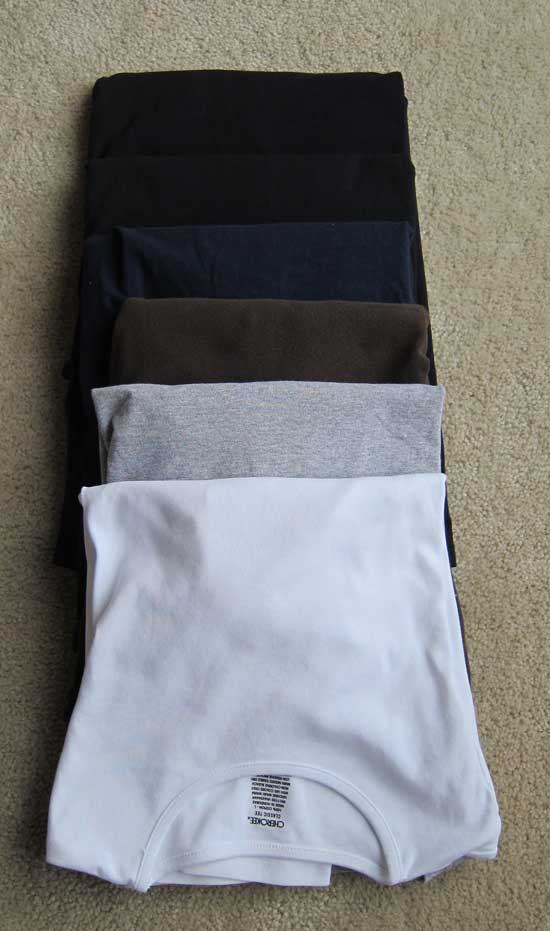
These are all long sleeved neutral colored shirts. I will use the navy, brown and white for a t-shirt project I’ve got planned. The two black shirts will be cut up for a skirt. These shirts are all without designs or logos.
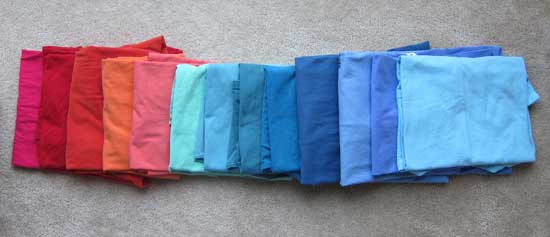
My rainbow assortment of short- and long-sleeved shirts. Some of these have logos or designs on them, others are plain. All of my projects will consist of a double layer of fabric. Sometimes the top layer is cut away to reveal the inside layer, other times not. I’m planning to use the logoed part of the shirts in areas where the top layer won’t get cut away, like the back of a t-shirt. Some of these shirts will be used as-is and appliquéd or embroidered on, others will become “raw materials” for other projects or appliqué fabric.
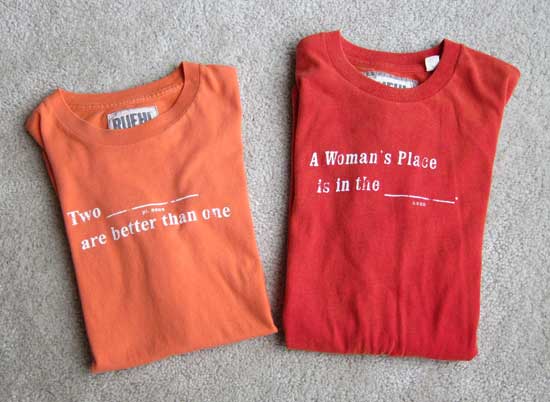
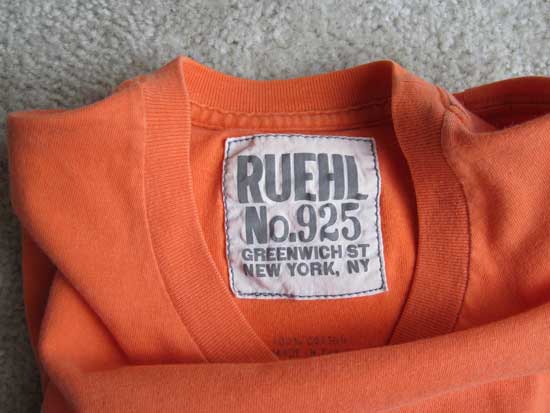
I also came across these two t-shirts today. The name Ruehl No. 925 did not mean anything to me but I sensed that these were not your run-of-the-mill t-shirt. They are very well made, and the texture of the cotton is really striking. I’ll put an appliqué over the text on the front.
So, what do I look for when shopping?
- Heavy-weight, 100% cotton t-shirts
- One side with no design or logo
- Multiples of the same shirt which ensures matched dye lot and plenty of fabric to work with. Oftentimes a batch of shirts has been donated from an event or business. If you find a batch of shirts in a light color you can always overdye them.
- Shop for the largest size you can find. 3XL shirts are great. Even the sleeves, if long, can provide you with enough fabric to cut a skirt panel at times.
- Consider buying a shirt in your size if you want a simple project that only needs embellishing.
- Good quality shirts in a color you don’t care for can always be used for the underlining of a project.
- It goes without saying to check for stains and holes, though sometimes they can be worked around.
- Garment-dyed shirts are particularly lovely. They usually have a soft, muted look, and often the tag has been dyed the same color as the shirt. Watch for these gems.
Embrace the “reduce, reuse, recycle” mantra and give new life to some old clothes. Your pocketbook and your design sense will thank you.





